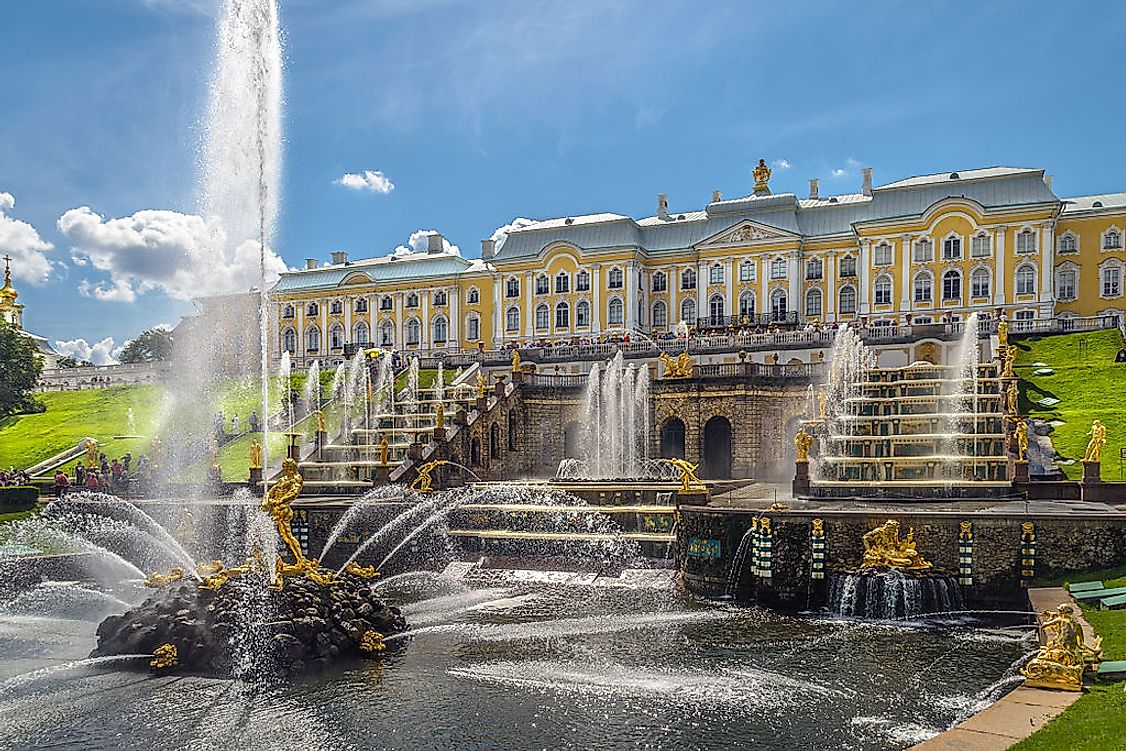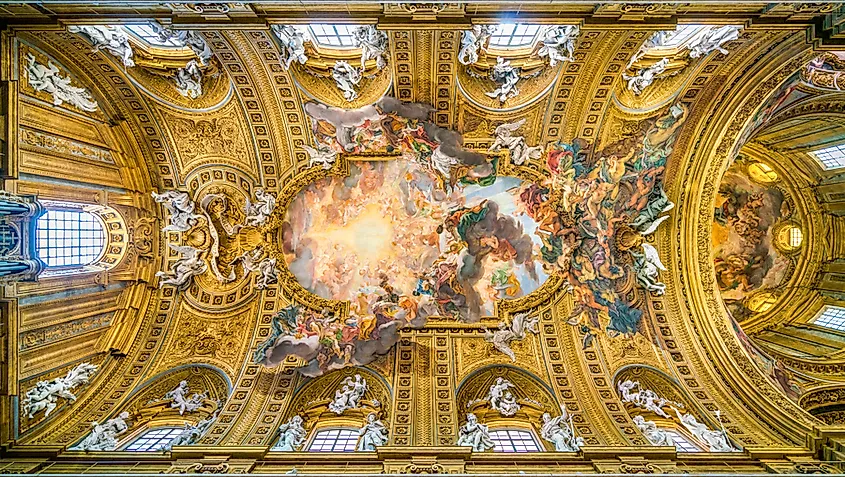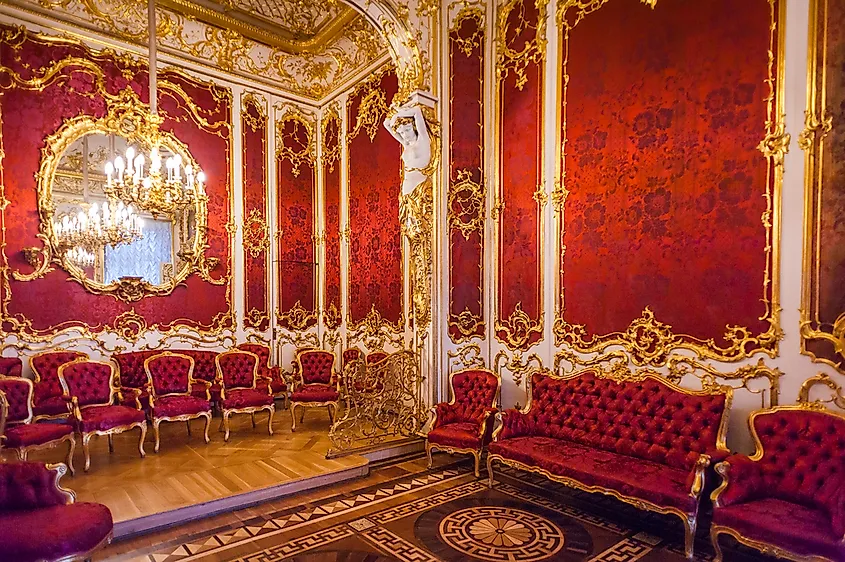Characteristics of Baroque Architecture

Baroque architecture is a construction style that began in the 16th century during the Baroque era. This type of construction adopted the Roman way of architecture but instead modernized it to a new fashion with an aim to show the might of the Roman Catholic Church. Baroque architecture was used to signify the wealth and power of the Catholic Church.
Prominent Features Of Baroque Architecture
Broad naves: In churches, it is characterized by broad naves (the central part of a church where services are held) with oval forms.

Editorial credit: Stefano_Valeri / Shutterstock.com.
Unfinished elements: A famous element of Baroque architecture is the deliberately unfinished architectural elements that help give the design a unique feature.
Lighting: Another distinctive feature of this architectural works is the use of lighting effects as it employs the use of either intense light as well as shaded lights to bring the contrast.
Ornate finishings: The ceiling frescoes in this type of architecture are usually large scale. One feature that is common with Baroque architecture is the use of ornaments, plaster or marble finishing that give it a decorative look.

Editorial credit: Anton_Ivanov / Shutterstock.com.
Baroque And Its Association With Colonialism
The emergence of Baroque architecture coincided with European colonialism. During this period much wealth was brought in for development. For example, Spain controlled much colonial wealth, and this is the reason the Baroque style developed extensively in Spain.
In France, the colonial money led to the construction of palaces and monarchies by powerful people, resulting in economic industrialization. The industrialization brought about the architectural constructions that employed the Baroque style.
Rome in Italy is well known for its history as the home of churches. One of the first structures to be built in Rome was the Santa Susanna church that used the Baroque architectural style. Caserta Palace was the largest building to have been erected in the 18th century in Europe, and it was the last of Baroque architecture in Italy.
In Malta Baroque architecture was introduced during the 17th century. During this period the first structures were built using the Baroque style. The ornamental feature sthat often used decoration (such as the Wingnacourt arch) was among the first Baroque architecture work. After the design of the Jesuits church in Malta, Baroque architecture became popular, and as a result, many churches were built using this style.
In Portugal, Santa Engracia church was the first church to be constructed by use of Baroque style. This church was found in Lisbon and was designed by architect Joao Antunes. By 18th century architects from the northern part of Portugal had adopted the concept of the Italian Baroque to take full advantage of the plasticity of the granite that was used in building tall buildings.
The first Baroque building in the kingdom of Hungary was the Jesuit church of Trvana that was built to resemble the Gesu Church in Rome.
In Russian sovereignty, Baroque architecture underwent three phases. That is, the first Moscow Baroque that involved the use of white decoration on the brick walls that were red common with the construction of ancient churches, the second was the advanced Petrine Baroque that was brought from the small countries, and the last phase was the Rastrelliesque Baroque.











